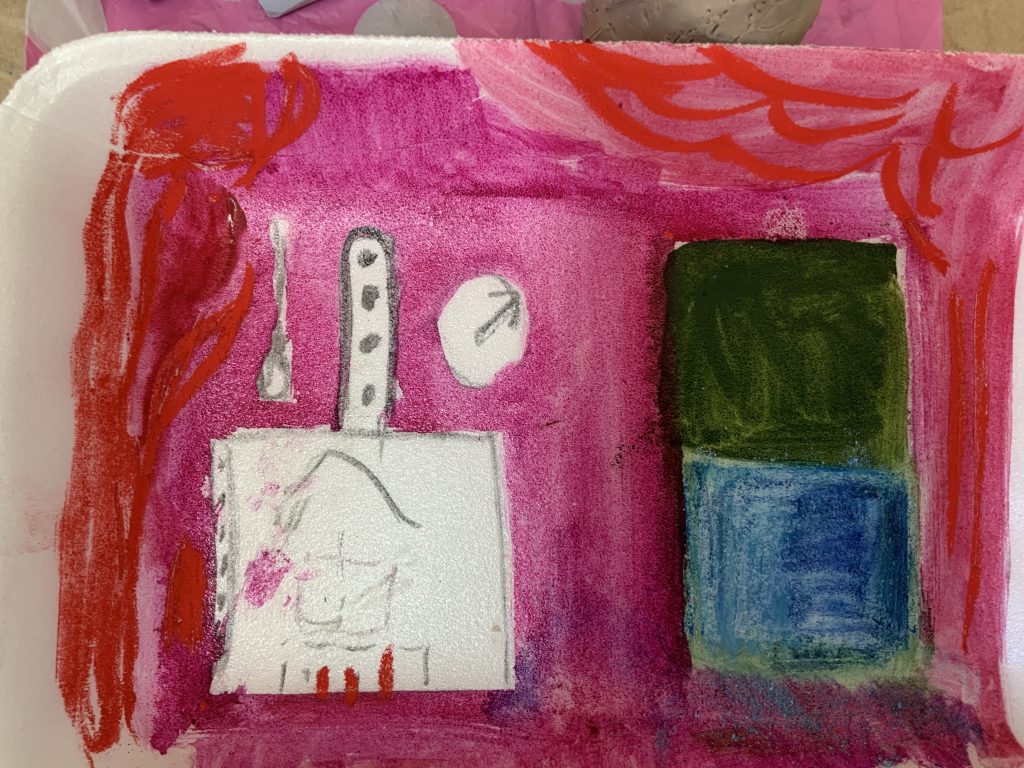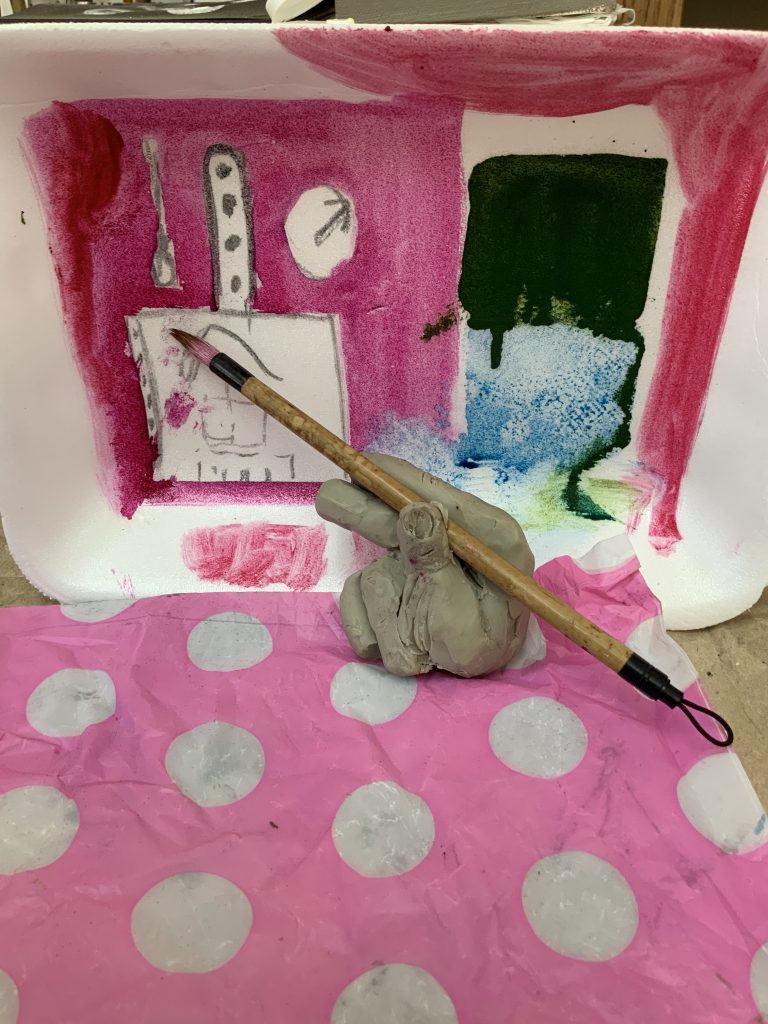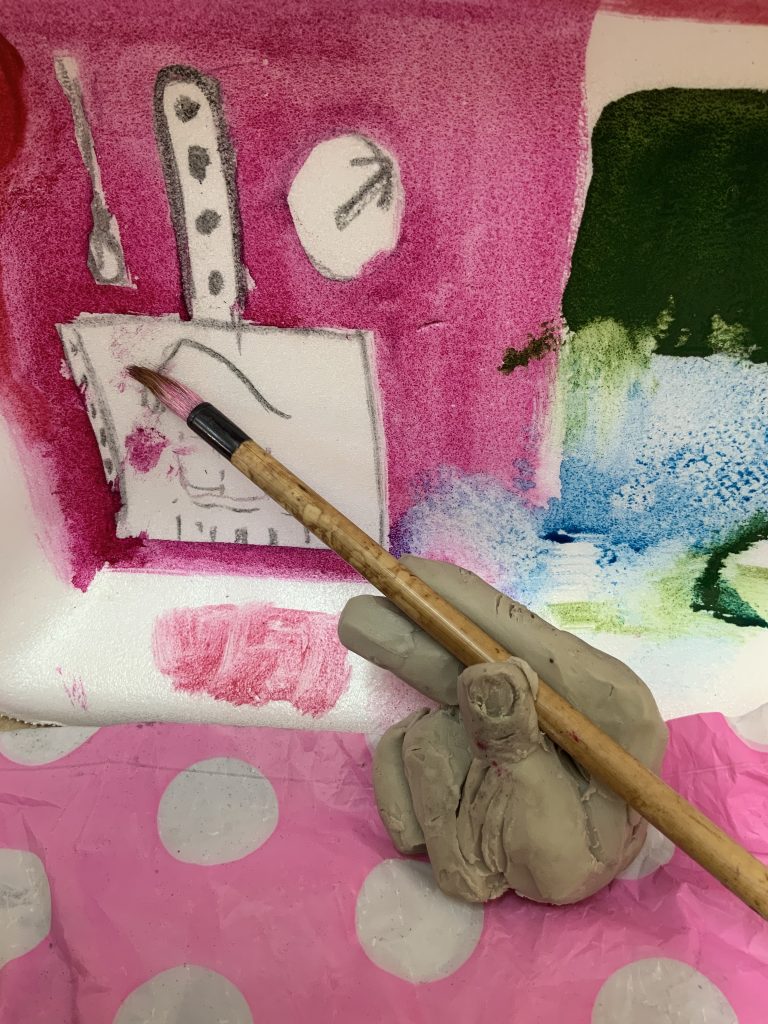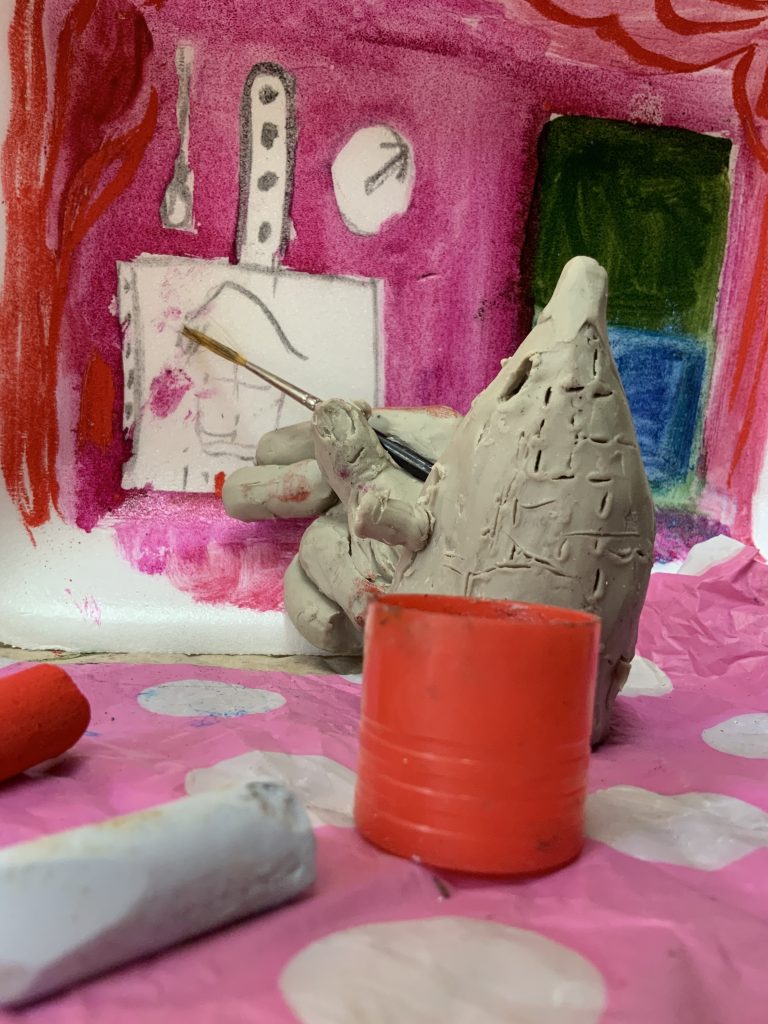BECOMING AN IMAGE
Exercise 1.1. Body as canvas
I am uncomfortable when it comes to performance and immediately think of the female artist Marina Abramovic and how she explores bodily experiences/boundaries, there is also a form of learning/discovering through her doing or making. She never knows what will transpire out of a performance.
I contemplate and research to inform my understanding of enactment – to enact a role (I used it for role play in therapy sessions with clients); it can be acting a part of a character on a stage, playacting, characterization. I look at re-enactment as strategy in contemporary arts (and theory). Here ideas go to how artists re-appropriate, re-think, unpack, embody, re-stage, re-edit, works of art over time. This is a form of repetitive creativity which is open to the new, unexpected, unexplored previously, in terms of meaning.
In the research points of this part I looked at artists Boo Ritson and Rachel Russell and in the research came upon a local artistswho are also contemporary and working with the bodies, and Colijn Strydom, who share his work on Instagram.
Colijn Strydom was part of The Centre for the Less Good idea (local collaborative group where artist W Kentridge is very involved with) and here he performed or enacted 18 paintings, his choice out of suggested works after a google search on 50 famous paintings of women. ( interesting is that google only suggested 32 paintings, and all were done by males, except for two by Artemesia Gentileschi.) Strydom limited the works to fit a video enactment that lasts 52seconds. His idea is that being a queer person he wanted to understand his body differently by attempting to take on poses of women, different posturing which he has been taught to assume as a boy. For the artist, it was a way to inhabit his body in a way that is not determined by patriarchal norms, or as he wrote: “..how do I queer my body – from the inside out?” (Girl with a pearl earring and so on, Vimeo production on Lessgoodidea.com)
METHOD
Why hands I wonder – to me my hands, or rather my left hand that does the work, dominant in my making. I think about the hands of the artist in work – not always visible. Having looked at the work of Philip Guston recently, I am aware that he made use of the hand in many of his works. I question why the colour, why so bold and big?
My thoughts about hands as I start my search: I am aware of how it touches, holds, move when working…. with paint, a brush, a pencil, a pen, clay…..there is so much of a sensual awareness awakened when I now go and search for images.

https://weheartit.com/entry/302048339
I looked at the work of a local artist, whom I admire, as he is currently working on a series that includes hands, called The Topography of Skin, opening in Belgium, at Uitstalling Galery in November 2021.
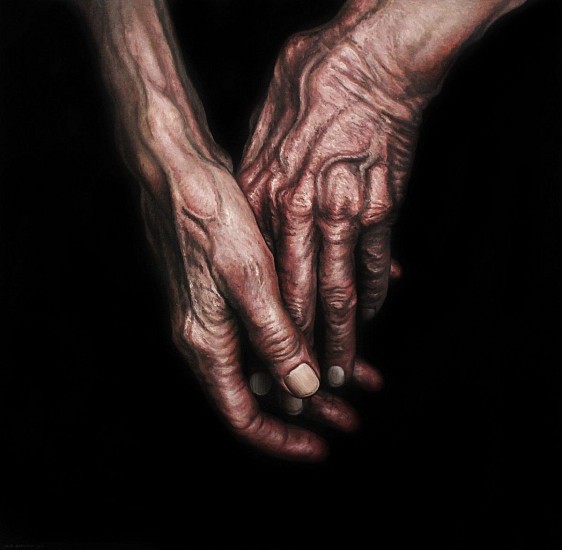
Serfontein writes the following about his new work: “After a visit to Amsterdam more than a year ago, where I studied the work of Giotto and El Greco’s crucifixion scenes, I started creating close up studies of hands and arms with titles such as Golgota and Stabat Mater. In these works, I create small quiet moments in which I emulate the body postures in these scenes but also zoom in to places of wounding. The work also focuses on the typography of skin and unveils the minute detail. It zooms in on the underlying chaos in the seemingly photo-realistic. Every mark and every erasure acts as a compassionate investigation. It goes deeper into the wound and its psychological inflictions. My work mourns the human body. It deals with loss. For me, the act of drawing is deeply connected to my belief in the transformative power of the artistic process to assist in healing. This has become a central theme in my work.“
“I am not what I am, I am what I do with my hands” – Louise Bourgeois
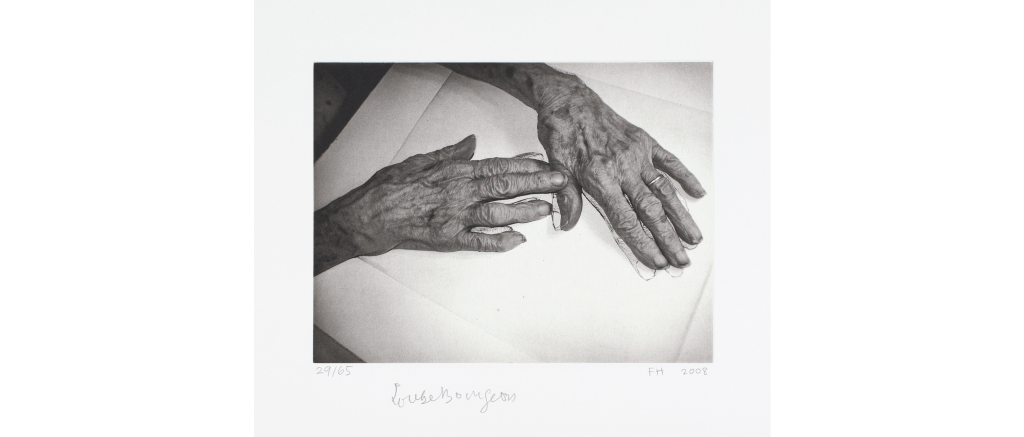
Photogravure with Chine collé to wove paper, with full margins.
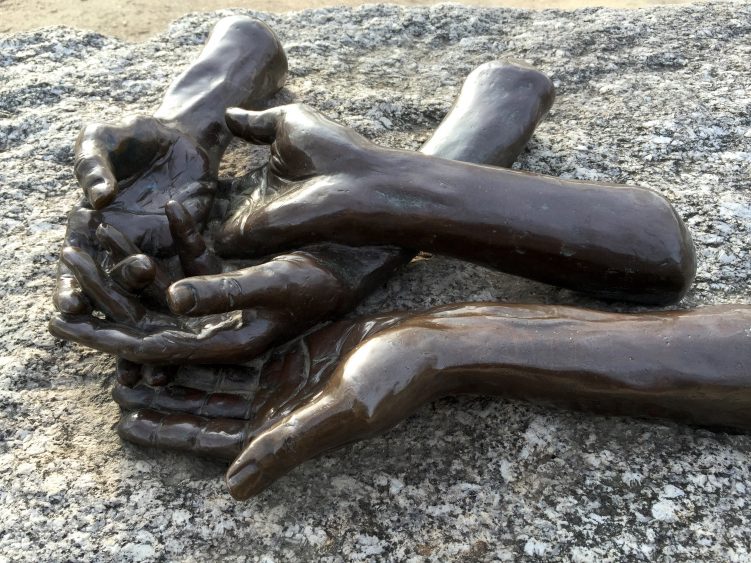
Below are works of the artist, Michelle Doll, who focus on touch-based communication of real couples, to capture natural moments.
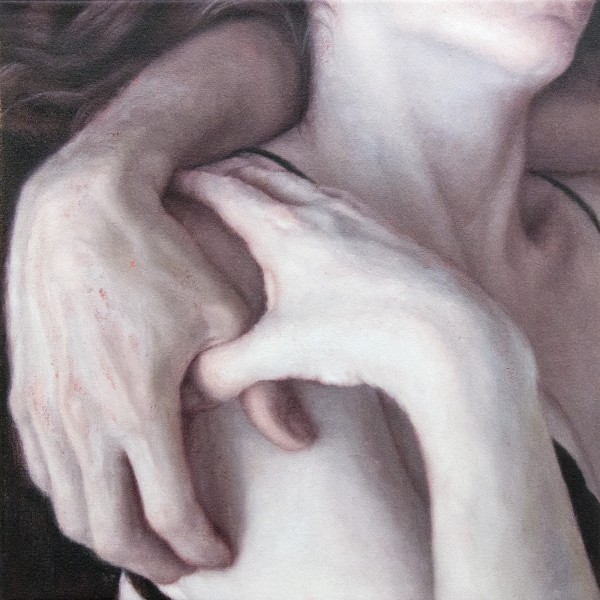

In the above two images, the hand of a man is linked with that of a woman over her shoulder and reveals a narrative of intimacy. The canvas size is a 61cm square, and I placed the two, same images, below each other to show the effect of scale and size, by zooming in on this image. This oil painting is rendered in warm, translucent colors with a focus on the veins, muscles, bones, folds. The skin colors are highly realistic, tactile, and immediate. The painting, like her other work (see below) is imbued with femininity and introspection and clearly centered around the human figure in an attempt to portray intimacy, which I really appreciate. According to Robert Zeller (2016: 270-271), the artist works out her drawing in an open grisaille with saturated color. In the work below she used a deep red, then she went over the grisaille with a mix of cool and warm, but more opaque flesh tones.
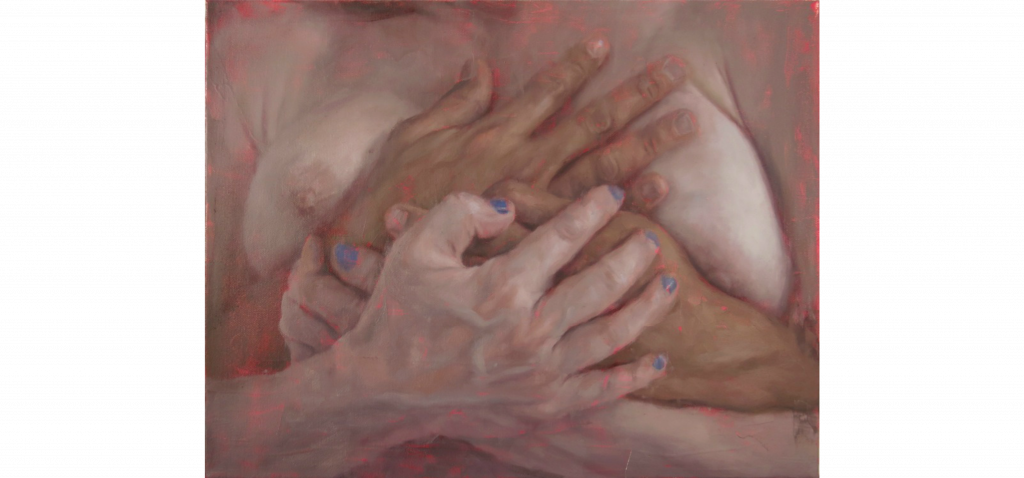
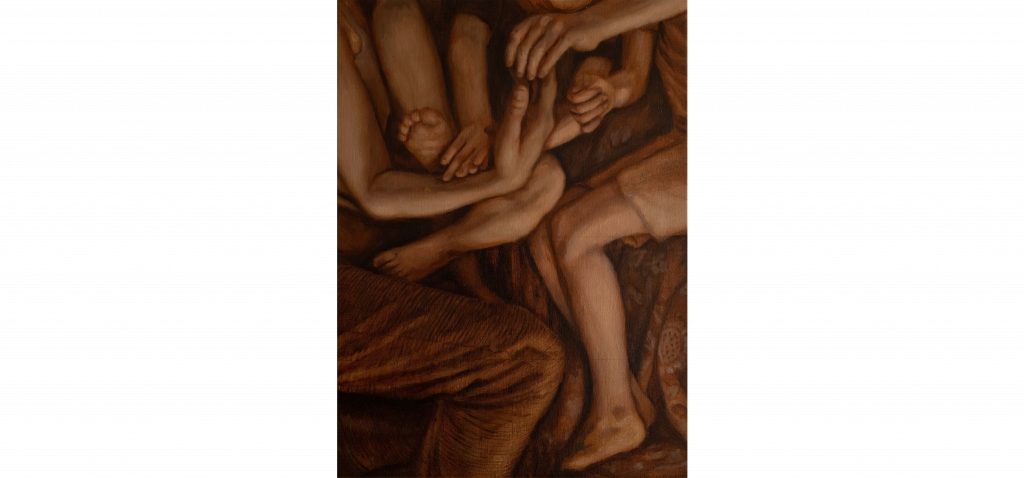
STAGING THE BODY
I decided to make a hand with bongo clay, and used my own left hand, my dominant hand, as the model for this.
My idea then became to use the clay hand to stage myself in the work about Las Meninas, in the ‘place of Velazues’. I am aware of the many hand gestures in this work – it is as if the artist used the hands to communicate the spontaneity he captured in this work. I was inspired to work on this idea during a recent OCA full day workshop around making and when we explored the idea of development…progressing/ improvisation/ rehearsal…….I am reminded of learning from William Kentridge when he talks about the energy that comes from the ideas at the edge, during collaborations, new thing which emerge from the periphery of this activity of ongoing making and thinking. I am also thinking about transformation, as making a change to what I do and see what can be gained in or from this process. I think in the group the idea of a provocation came to my mind…..let something emerge from what I already have in front of me.
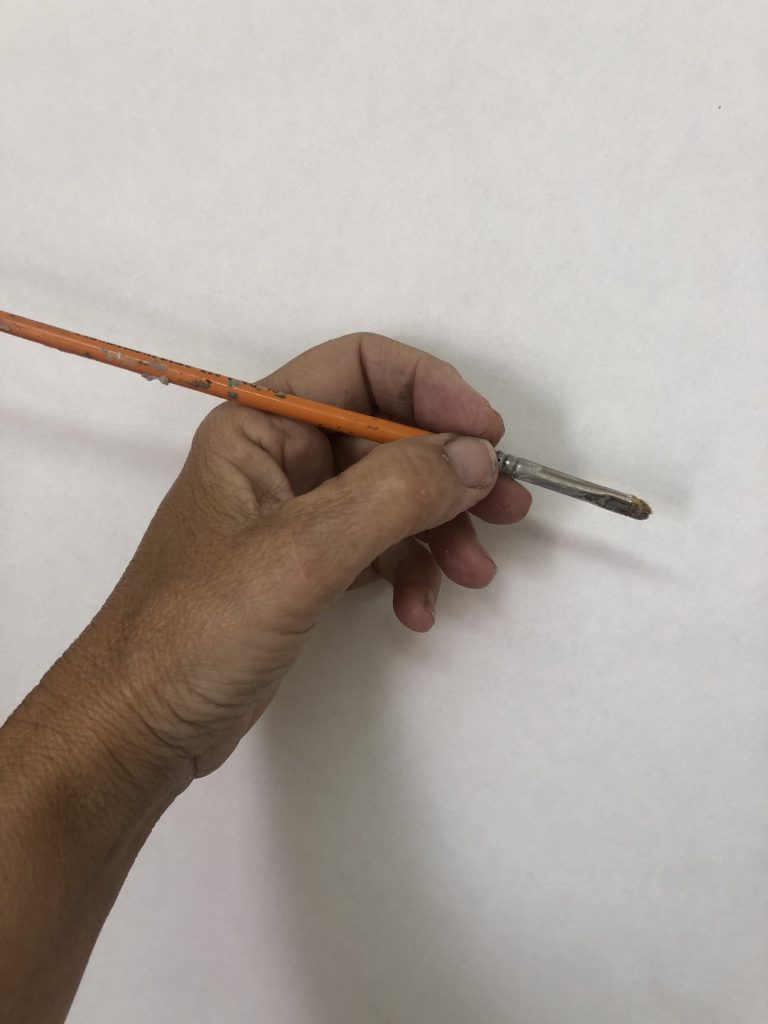
Fig. 8 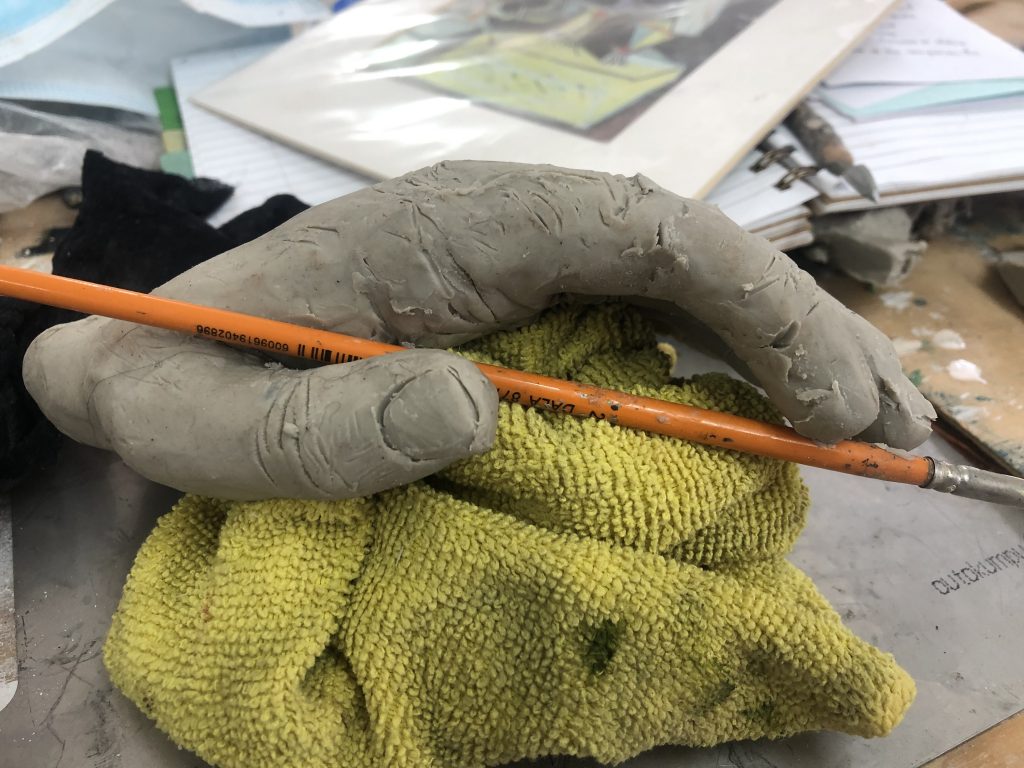
Fig 9 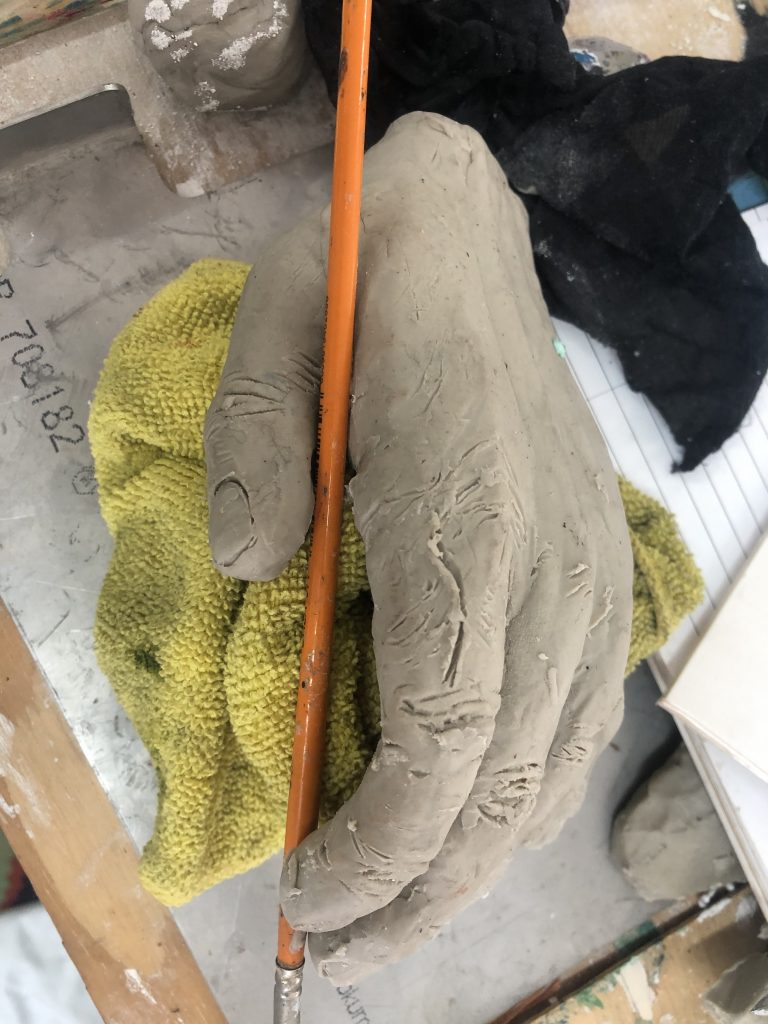
Fig 10 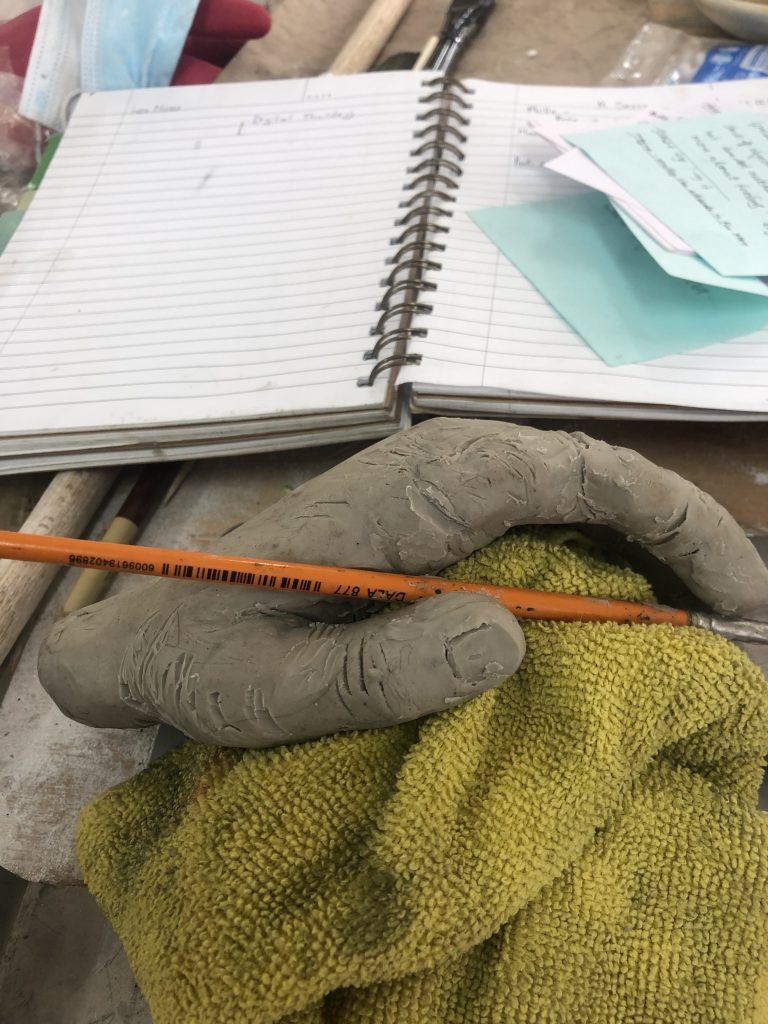
Fig 11
I was influenced by the drawing exercise done at the recent workshop I mentioned earlier ( blog) and decided to make a drawing of my left hand, working with my non-dominant hand and relying on feeling and touch as the drawing action. I worked on velour paper and used charcoal. I do think one explores ideas of reality and the visceral experience of using the materials as well as trying to translate a form into marks. The paper was molded around my hand in the drawing process, as this was the only way I could feel myself around the subject and object.
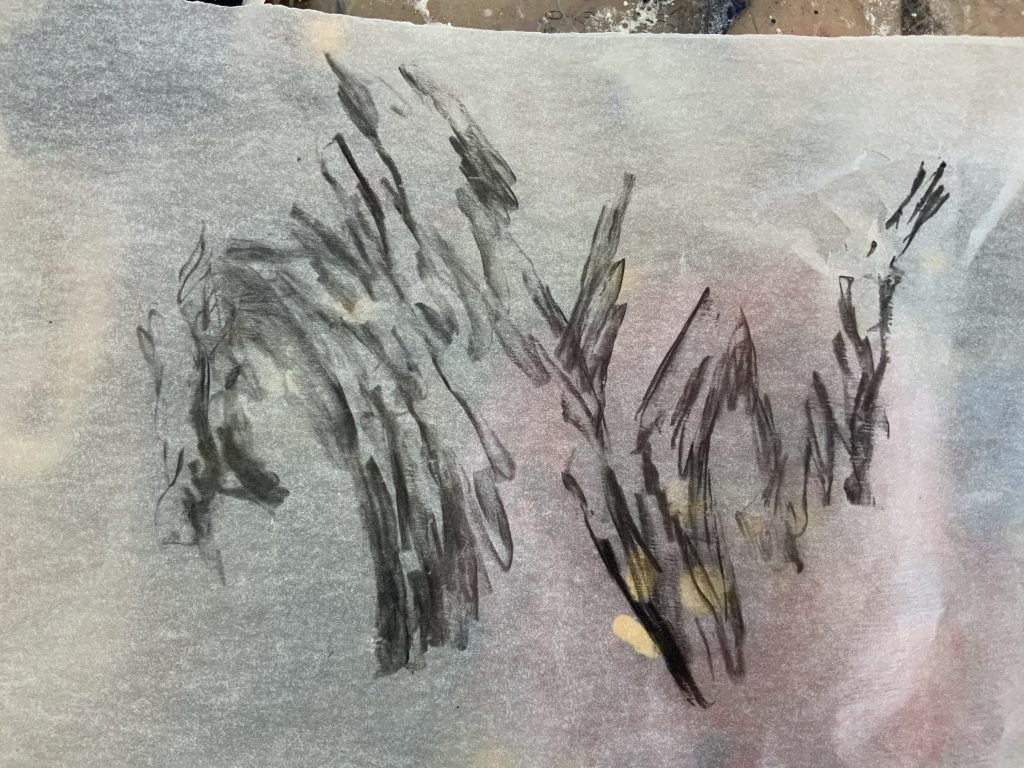
I explored the idea of feeling and drawing, and the final drawings are below. The process motivated me to look more closely at my clay hand and focus on the detail of the skin lines, marks, and folds. How do I represent this pattern of skin that looks like a mosaic or weaving and is soft and malleable on touch?
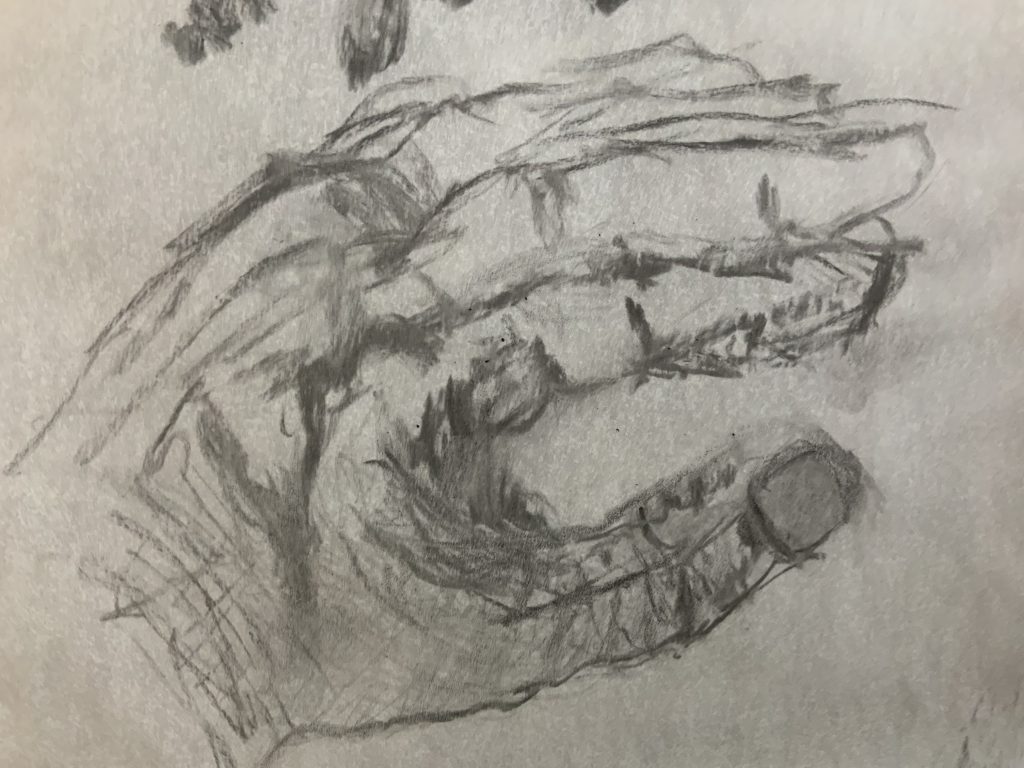
Fig 18 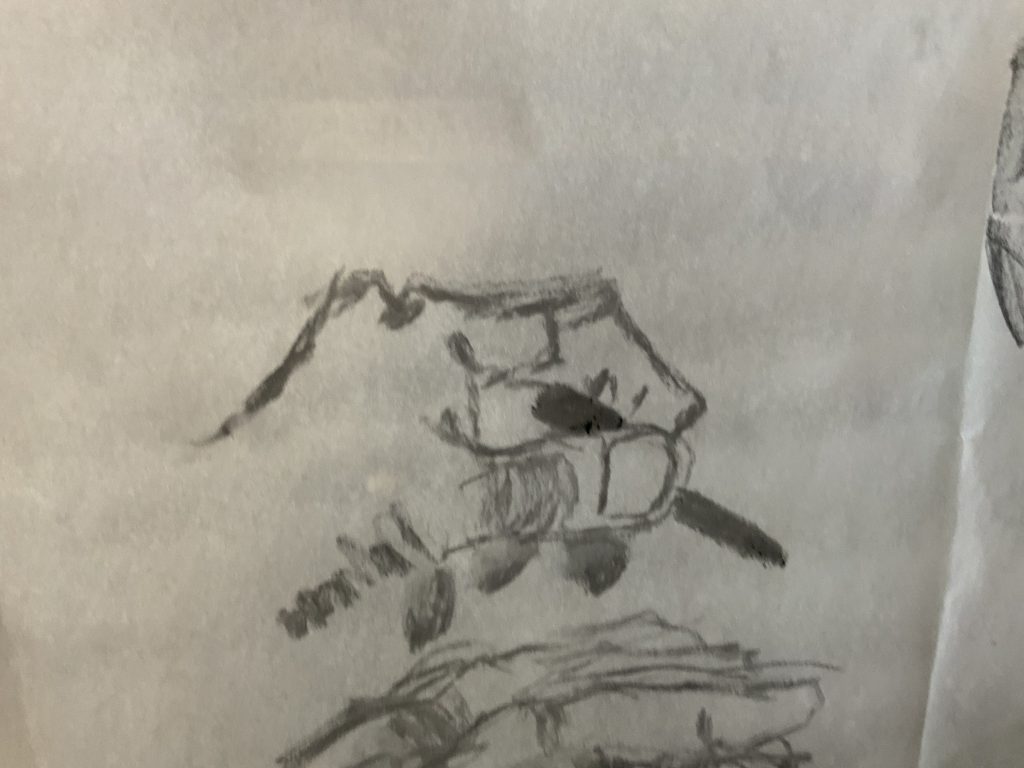
Fig. 19
After I made these hands I became aware of how prominent Philip Guston used hands in many of his works. This is inspired by his drawing of The Studio, the very presence of himself as he moves through time, shown so effective as his own hands working and translating what he sees/experiences/thinks/shares.
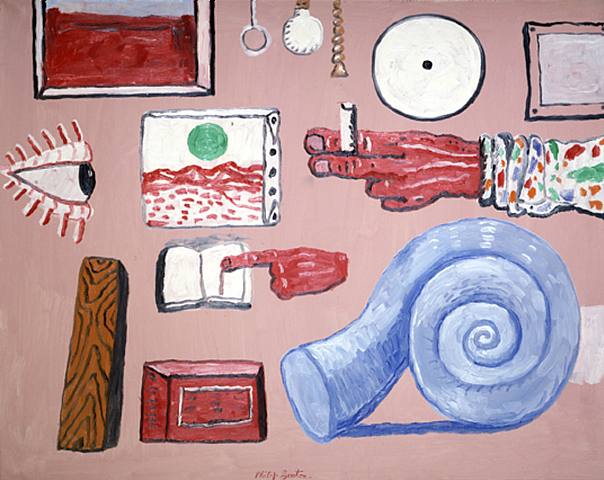
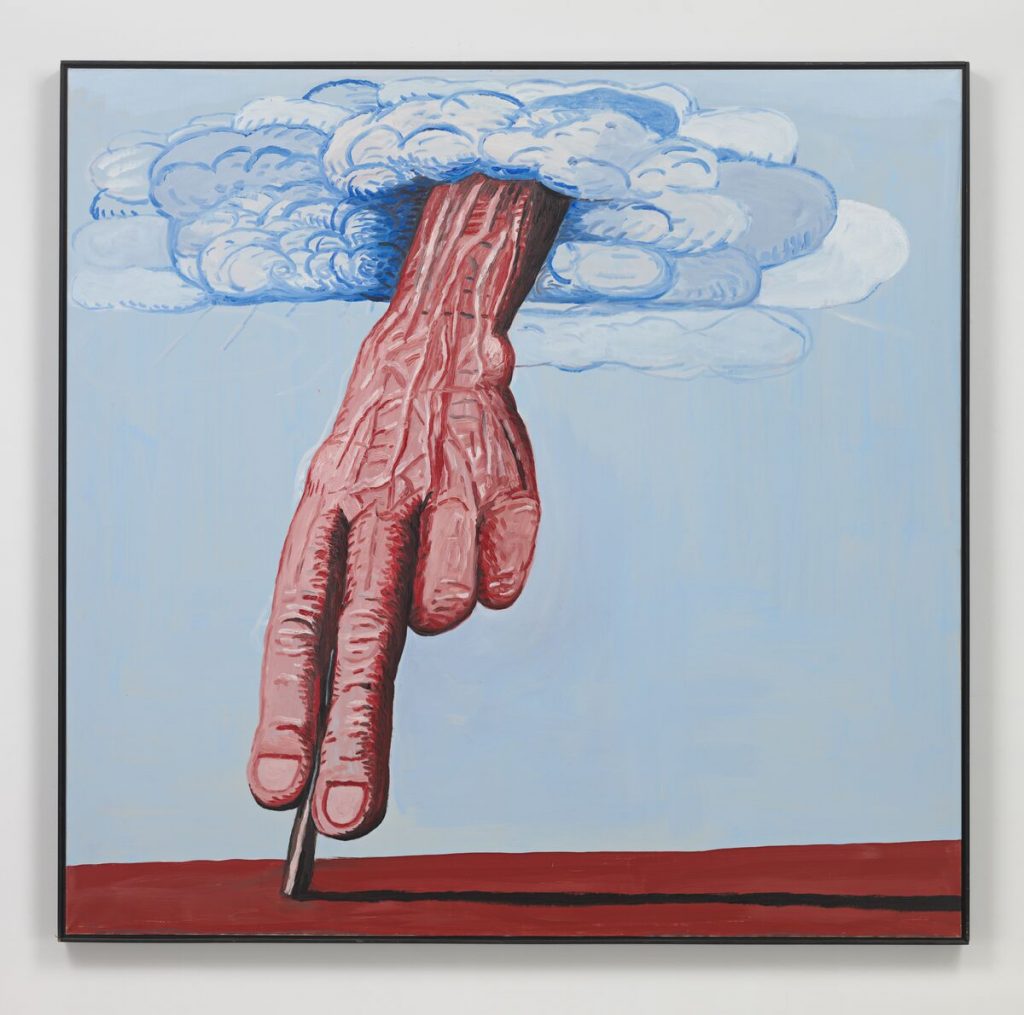
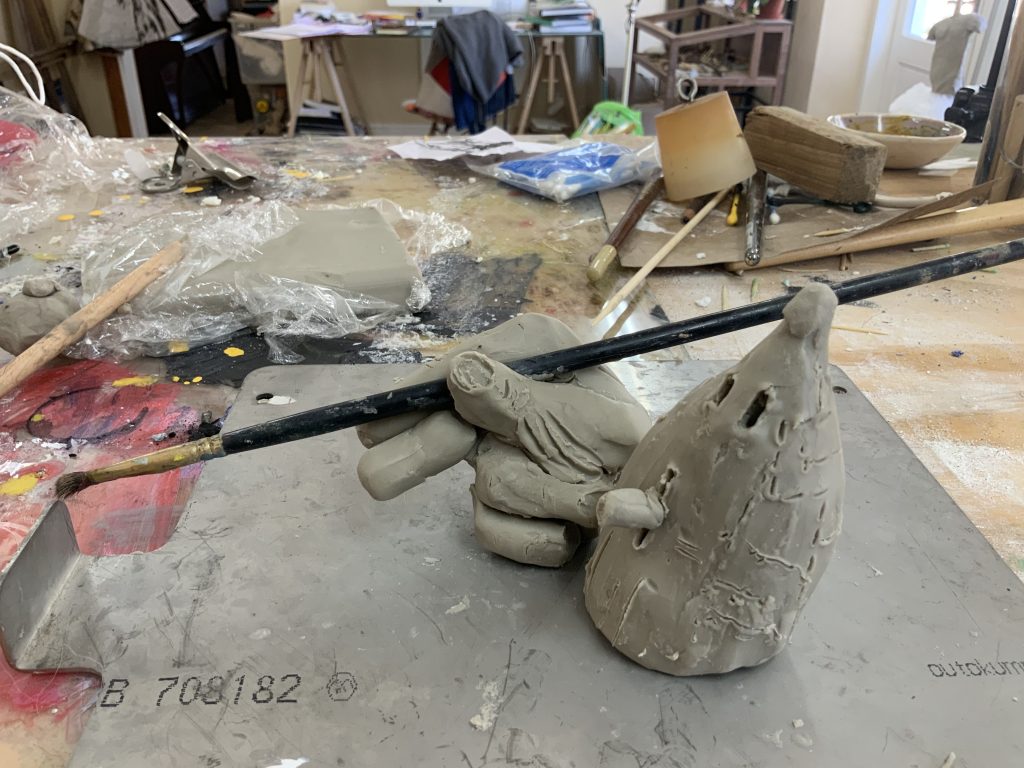
Fig 12 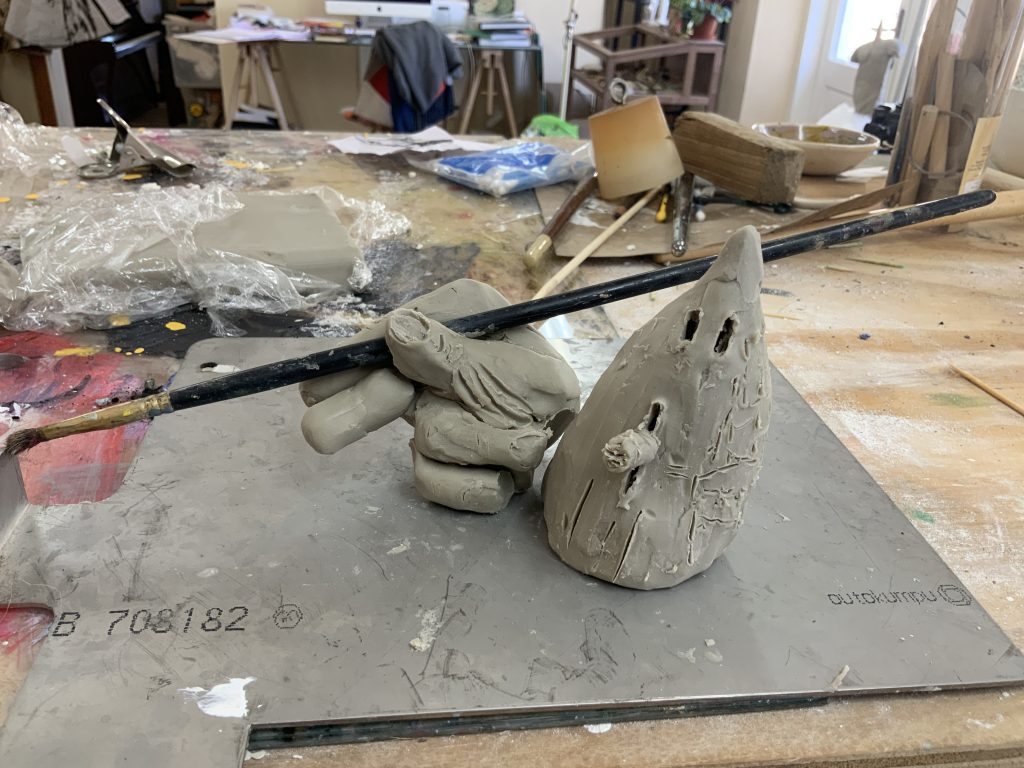
Fig 13 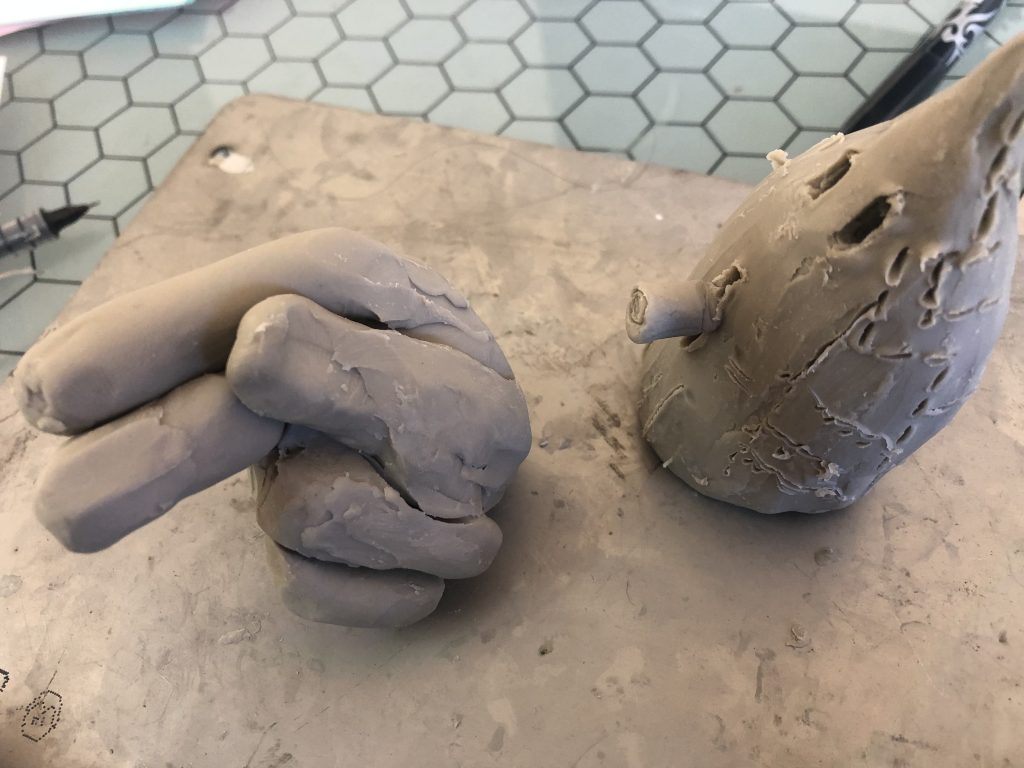
Fig 14
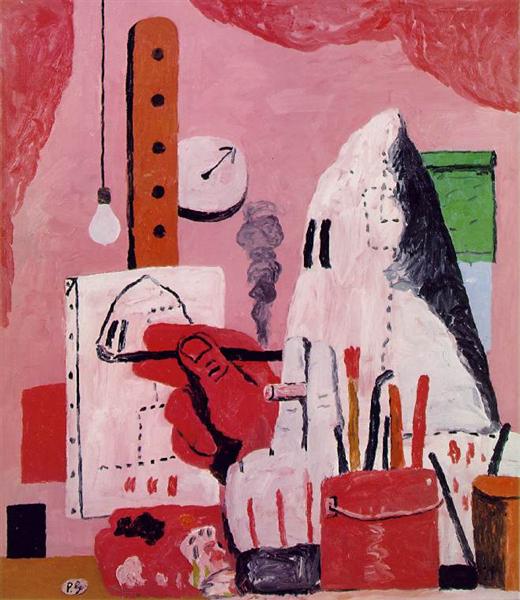
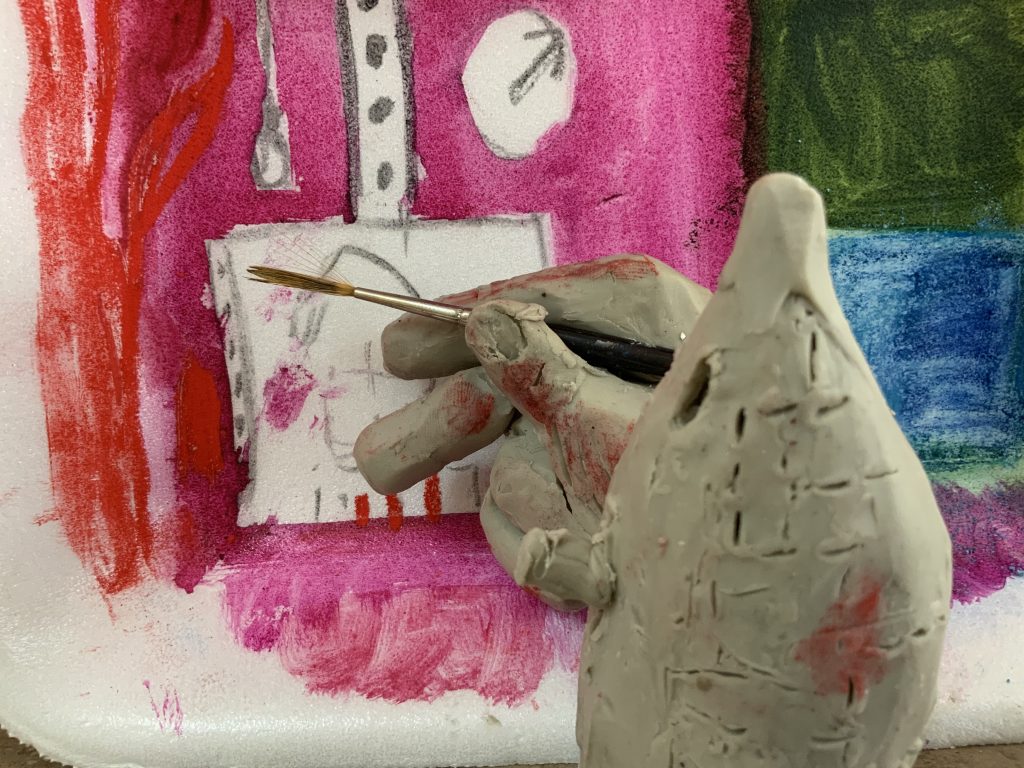
I
What if I take some lessons from Cindy Sherman, do my own make-up, find a photographer/use my new selfie gadget and dress up in costume as Velasquez? These ideas were considered but never brought to fruition.
Bibliography
Baldacci, Christina, 2017 Re-Enactment Strategies in Contemporary Art and Theory, ICI Berlin Institute for Cultural Inquiry, Nov 16-17, 2017. pdf call for papers for an international symposium. in ArtHist.net, Jul 9, 2017 , accessed on Oct 19, 2021. <https://arthist.net/archive/15974>
Pfeiffer, Ingrid Fantastic Women Surreal worlds from Meret Oppenheim to Frida Kahlo.
